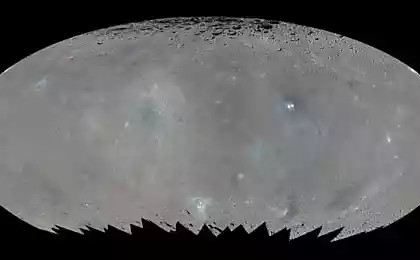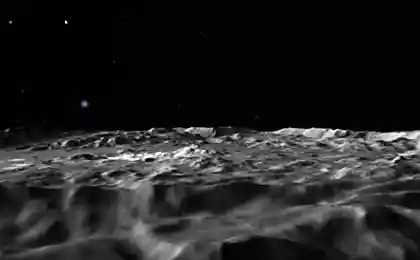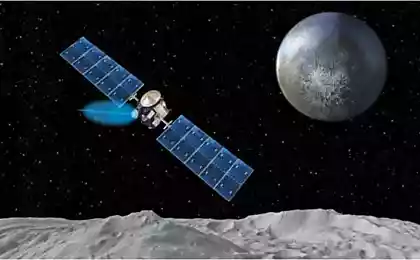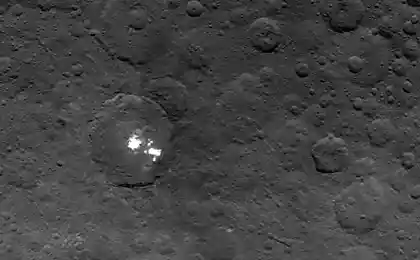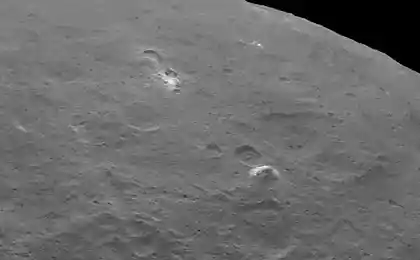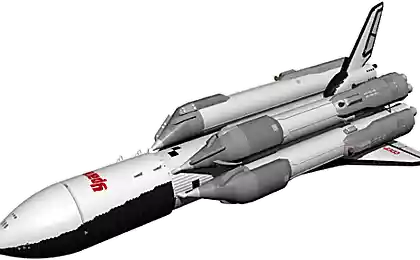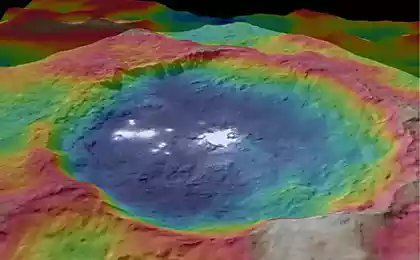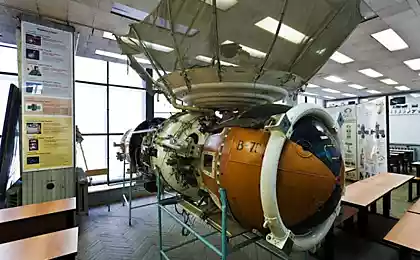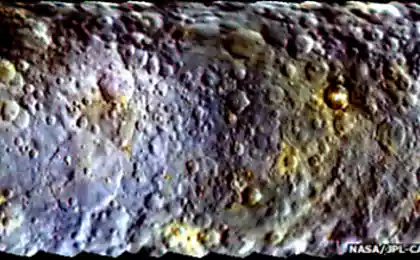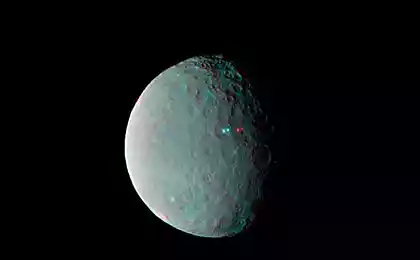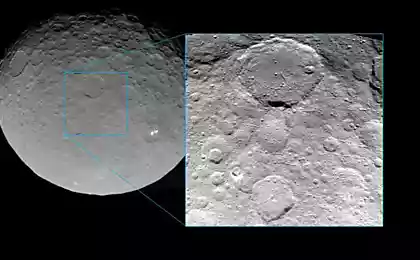550
The spacecraft Dawn will show us a brave new world
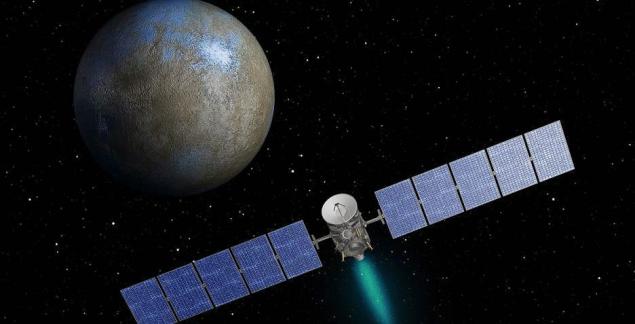
Spacecraft NASA Dawn mission is approaching the mysterious and unknown world in the asteroid belt. The dwarf planet Ceres, named after Roman goddess of agriculture, is preparing to reveal their secrets. Hitherto we have only glanced at this mysterious area with the help of the Hubble space telescope, but it's interesting that the Dawn probe will discover on arrival at Ceres.
Mark Raimi, mission Director and chief engineer of the jet propulsion Laboratory of NASA, does not hide his excitement:
"Everyone should be in a tizzy now. Everyone who has ever gazed up at the wonderful night sky; anyone who has ever wondered what lies beyond our humble home; anyone who yearns for adventure and discovery beyond the horizon; and anyone fascinated by the mystery, the Majesty and depth of space that we see," he said. "Together we will see this brave new world!".
The Dawn spacecraft ("Dawn") will arrive at Ceres on March 6. The spacecraft will orbit the dwarf planet at an initial altitude of 13,500 kilometers for the first full assessment. Then it will explore Ceres from orbit at 4,400 kilometers, and then go down to 1470 kilometres. To move from one orbit to another, the probe will use an unusual ion propulsion system to spiral down lower and lower.
"The exact time of the orbit varies slightly with changes in the schedule of Deep Space Network as it affects the pause in ion propulsion. In addition, although we have to estimate the mass of Ceres, we don't know her exactly, so the strength of the gravitational pull is also not defined, says Raimi. — Nevertheless, in our latest project, the orbit needs to occur on March 6 at 6:30 UTC. It is unlikely that the time will change more than a few hours."
This is not the first time Dawn visited a celestial body. In July 2011, the spacecraft entered orbit around the asteroid Vesta to study the length of one year. Dawn is the first mission, which will visit orbit two separate extraterrestrial bodies.
"We will conduct the same measurement on Ceres, which has done on the West, and produce the same products, including a geological map. There are certain advantages that we have one spacecraft that can reach orbit different destinations for the first time in the history of space exploration," says Raimi.
Vesta and Ceres are important for scientists as objects of study because they represent the residual objects since the formation of the Solar system. It's possible that both bodies contain the basic building blocks associated with life. Scientists believe that Ceres may keep an internal ocean of liquid water beneath the surface. The surface most likely represents a mixture of water ice and various hydrated minerals like carbonates and clay.
"This is a great opportunity to explore exotic alien world of rock and ice. We hope to learn how large amounts of water, mostly frozen, but a liquid, affect the dwarf planet. There may be certain signatures in the physical manifestation, as our pictures show, or as part of, as shown by our measurements, says Raimi. — However, the most exciting moment in this journey is that we can't say what new discoveries and findings are waiting for us. It is truly a research mission. Ceres — the first discovered dwarf planet, the largest body between the Sun and Pluto, where there was neither spacecraft".
Of course, the Dawn probe will make a long-awaited images of Ceres in high resolution. These photos will be 800 times better than the ones, which gave us the Hubble.
"More than two centuries, we can see Ceres only in the form of tiny spots of light, says Raimi. — At its lowest orbit, Dawn will take images with a resolution higher than 40 meters per pixel. We can see the planet in all details".
The closer Dawn to Ceres, the excitement and anticipation of opening the mysterious protoplanet growing. This "brave new world", as he calls Raimi is about to reveal their secrets.
"I was very glad to arrive to Ceres. Dawn mission to Vesta and Ceres were among the last unexplored worlds in the Solar system. We are going to show the world the mysterious sphere that attracted us more than two hundred years. She keeps the secrets of the dawn of the Solar system," says Raimi.
Source: hi-news.ru
Miraculous nutty (almond) milk
11 books for a healthy lifestyle and self-development - to strengthen health and find harmony
